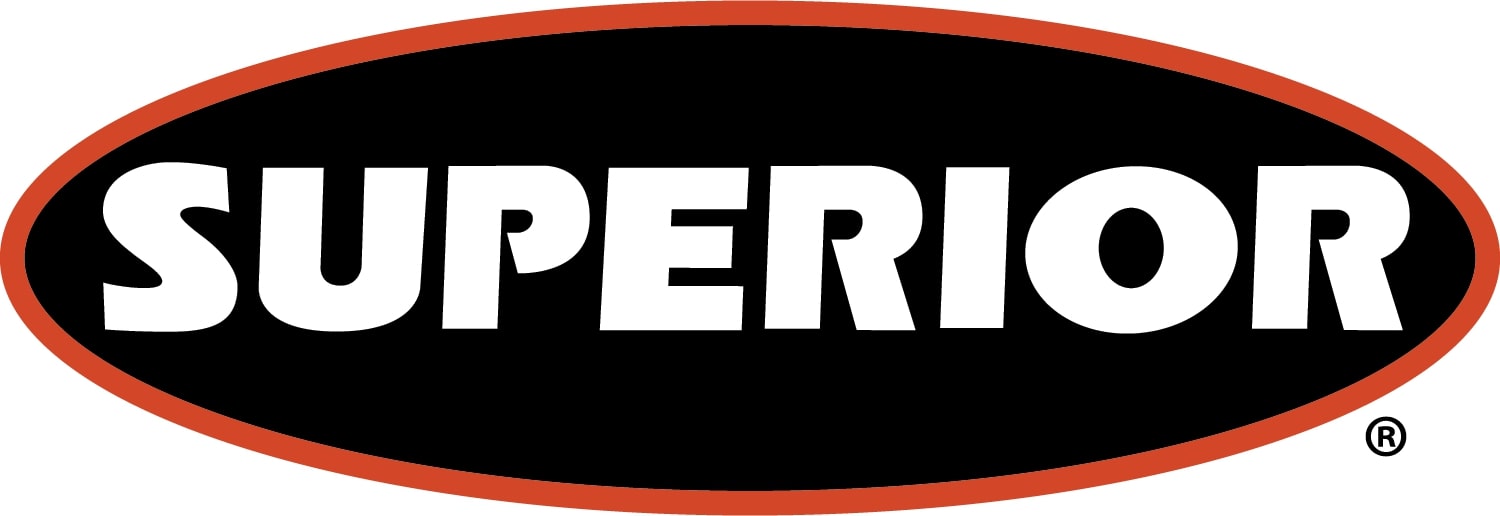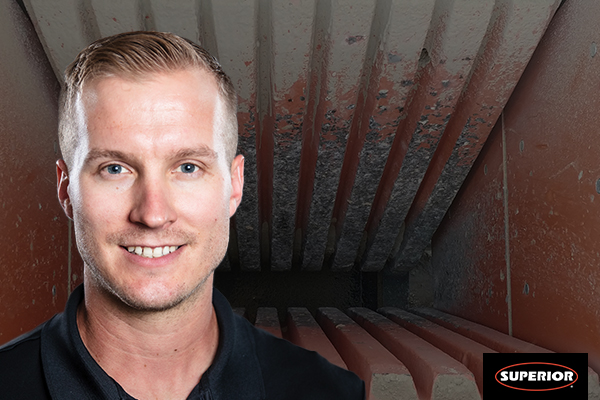
Brought to you by Superior Industries
Jaw Liner Selection: A Choice for Cost-Efficiency & Product Quality

March 8, 2024 in Features
By Jarrod Adcock, Crushing Product Manager at Superior Industries

Matching a jaw liner to the crushing application is a crucial factor behind achieving maximum liner wear life.
“Having the correct liner profile will boost cost-efficiency,” says Jarrod Adcock, crushing product manager for Superior Industries.
As a member of Superior’s product management team, Adcock assists aggregate producers with overall plant productivity, which begins with well-designed primary circuits and ongoing assistance with aftermarket wear parts. He shares a few facts you need to know when selecting a liner that’s ideal for the characteristics of your feed material and the product size you desire.
Pinpoint Manganese Percentage
Constructed of manganese steel (or other alloys), jaw liners form a protective layer to the inside of the crushing chamber, preventing excessive wear to the crusher body caused by the material being processed. The given feed material type will dictate the optimum percentages of manganese required.
“Superior’s application engineers help producers pinpoint the manganese percentage they need – as an operation may be able to access a lower manganese content, and be far more cost-efficient,” says Adcock.
He stresses that some operations might equate higher manganese content with longer liner life – but “if their material is not hard enough to work harden the liners – they could simply be throwing money away.”
Choose the Right Configuration
Adcock says that while a standard liner may cover many applications, it’s important to consider the variety of application-specific liners available.
“Superior offers five different liner configurations – from a standard flat tooth liner to a wavy sharp tooth liner, and also a corrugated, bellied-filled, or anti-slab liner,” he says.
For example, Adcock explains that the anti-slab liner is engineered for concrete recycle or slabby laminated material applications. Its uneven tooth height generates less “slabby” product from the flat slab of material that enters the jaw. The protruding teeth or ridges of the anti-slab liner help to initially break up the material – versus a standard flat tooth liner that will chew up that material longer before reducing it to a size that passes the closed-side setting.
For rounded or slippery-type rock, a sharp tooth liner may be the best choice – as it offers moderate spacing between each tooth to really grab the rock and help pull it down through the machine. Alternatively, the tooth height and spacing on the corrugated liner is designed for all-purpose applications such as shot rock and gravel.
Lastly, for applications with varying feed gradations (portable crushing), a bellied and filled-ends liner, helps to maintain a high position of crushing while providing maximum liner life in these variable feed applications.
Gauge Liner Wear
An industry rule of thumb on proper liner usage is defined as wearing the jaw liner surface evenly along the length of the liner and utilizing 50% to 55% of the original liner weight.
While there are several factors that may determine when to change out a set of liners, one of them is looking at the tooth height. During maintenance, measure the distance between the peaks and valleys of the teeth. If the distance is less than 10mm, the liners should be replaced.
Adcock stresses that if liner replacement is delayed, operations lose the advantages of the liner design. Both tooth height and corrugation are required to properly crush the material as the configuration provides voids for material to fall into. When that corrugation wears away, there is a lot more force that gets generated down into the crusher, which can potentially cause costly damage such as toggle plate breakage or decreased bearing life.
Avoid Downtime & Damage
“Downtime is money at the end of the day,” says Adcock. “At Superior, we focus on providing all the expertise, engineering, equipment, and wear parts needed to make processing as efficient as possible. If the producer optimizes liner performance, that means less downtime – and if they do not change the liner in time, damage can occur to other components – resulting in lost production, and additional labor, parts, and maintenance costs,” he says.
Superior’s Crushing Dealers in Canada
● Machinery Supply
● General Aggregate Equipment Sales
● AULT Equipment